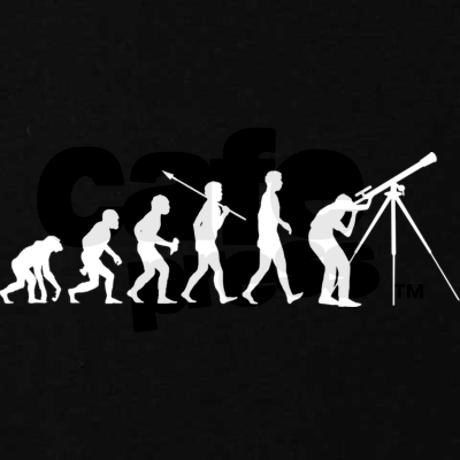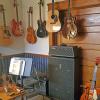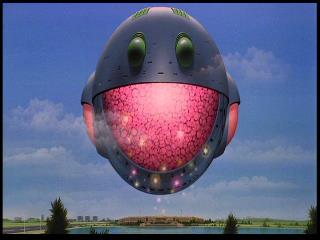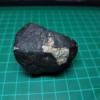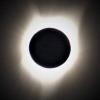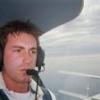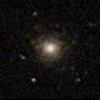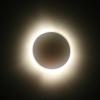Triplet objectives DO exist with individual lens centering adjustments, but (a) they can't be accessed while the cell is installed in a telescope so it's strictly a bench job, (b) they are uncommon, and © they should be left alone by almost everyone.
ALL triplet objectives have individual lens centering (unless it is cemented), also oil spaced ones, though some may only have adjustment for the middle one. I have not ever heard of an airspaced triplet lens that did not have adjustments for each lens.
a) depends on the lens cell design, but I agree it's basically a bench job.
b) no, they are very common, as explained above, but may not be immediately obvious to a casual inspection.
c) yes, they should not be touched by anyone not 100% sure of what he's doing.
This said, triplets CAN be centered, using a star as reference. This is what was done before interferometers where invented. Remember, some of the first commercial available achromats were the triplets from Dollond, made in the 1770'ies, way before the interferometer was invented. A friend of mine has taken one apart and realigned it, using an artificial star. It was extremely painstaking and took a lot of time. He had to make a new cell, because they had to cut the old one apart.
Clear skies!
Thomas, Denmark
Edited by Astrojensen, 26 December 2014 - 03:41 PM.


